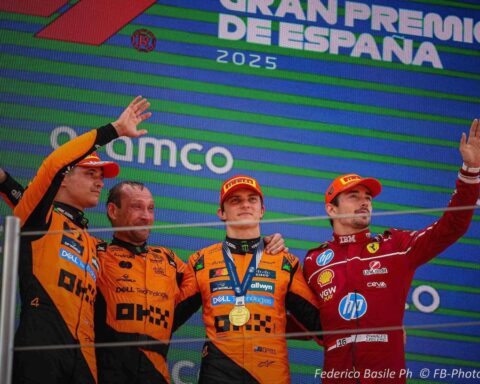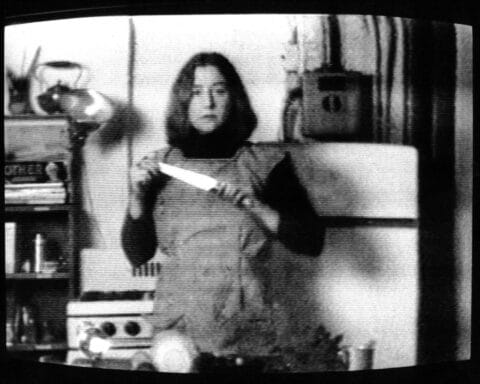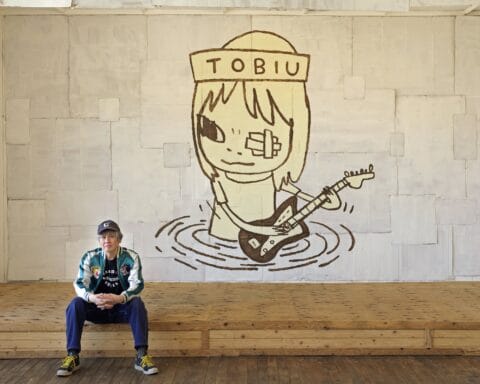Adra Pallón, a Galician photographer, captures the soul of his homeland, weaving stories of resilience, climate change, and cultural heritage into each frame. His series, Lumes, is a poignant homage to the people and landscapes of Galicia, a region in northwestern Spain grappling with the dual threats of rural exodus and environmental destruction. Pallón’s work not only documents these challenges but transforms them into visual poetry, blending artistry with activism.

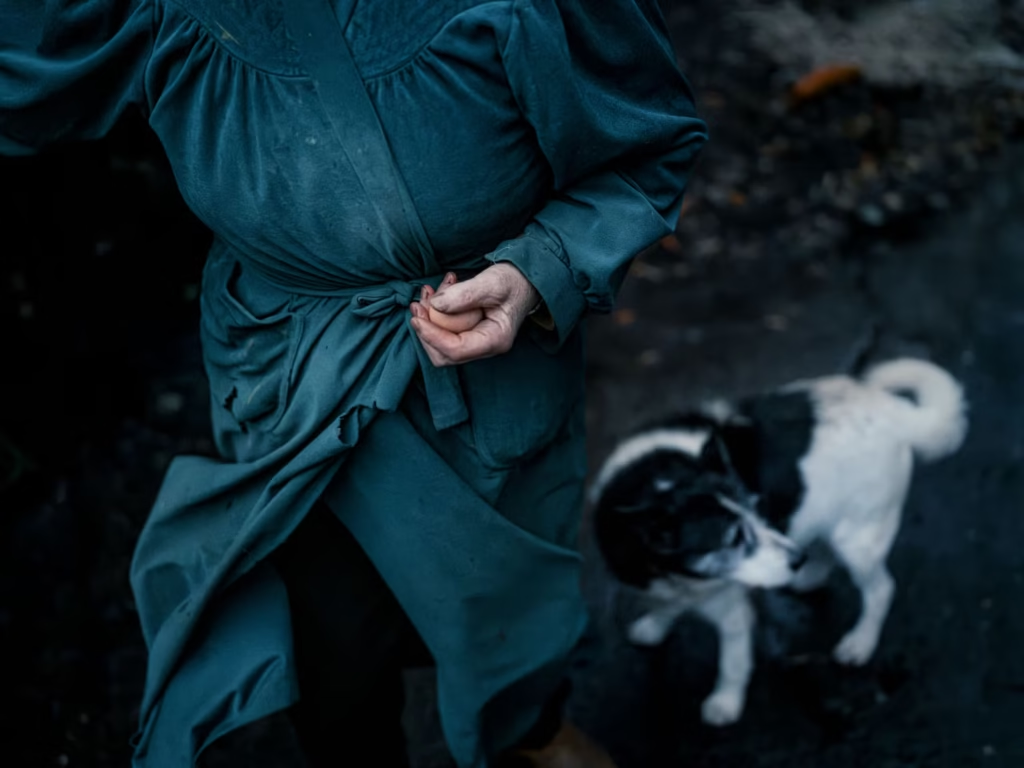
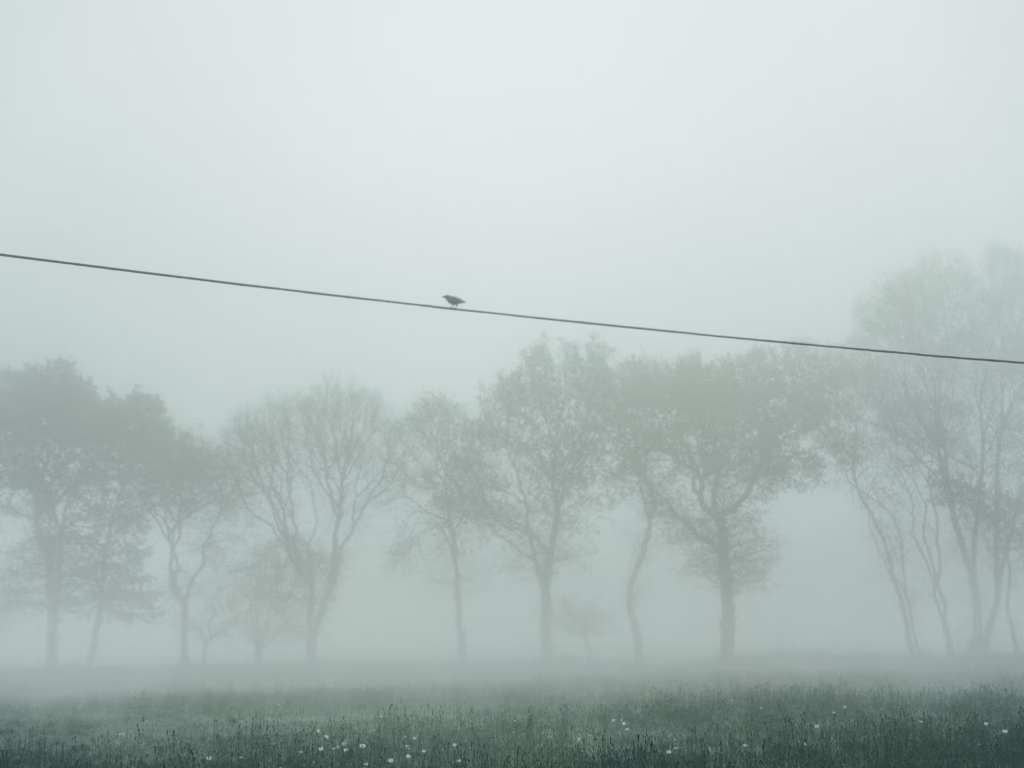

Galicia: A Land of Contrasts and Challenges
Galicia, with its rugged coastlines, lush forests, and rolling hills, has long been a land of both beauty and hardship. Once oppressed under Franco’s dictatorship, the region now faces the modern-day crises of climate change and demographic decline. Wildfires have ravaged its verdant landscapes, leaving scars that symbolize a deeper cultural erosion as younger generations migrate to cities in search of opportunities.
Pallón, born in this land of contrasts, has a deep connection to its people and places. “I am obsessed with my land and its people,” he confesses. This obsession fuels his photographic journey, where he captures the spirit of a region in flux. His series Lumes—a title that resonates with dual meanings of warmth and destruction—encapsulates these struggles. Historically, lumes referred to the hearth’s fire, a source of life and community. Today, it evokes the devastation of wildfires consuming Galicia’s forests and threatening its traditional way of life.
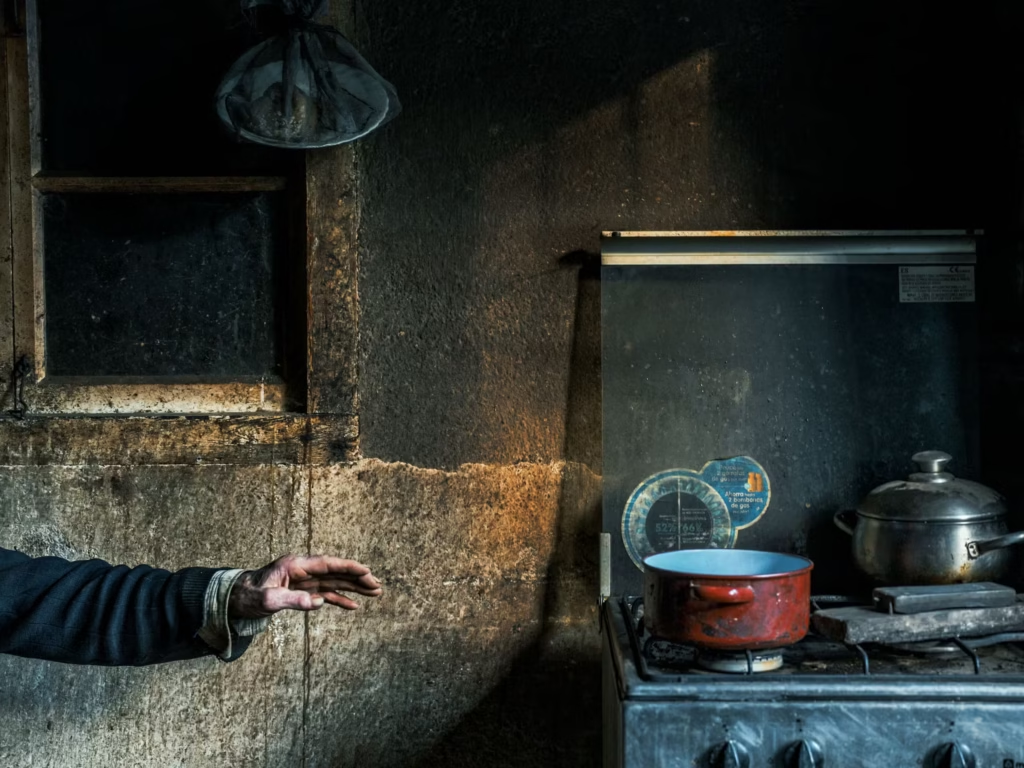
Aesthetic and Literary Influence
Pallón’s artistic vision is deeply influenced by Galician poets like Uxío Novoneyra and Álvaro Cunqueiro, whose works embody a unique “local magical realism.” This literary grounding lends a narrative depth to his images, which portray more than just the surface beauty of the land—they tell stories of endurance and loss. Visual influences from painters such as Jean-François Millet and Johannes Vermeer shape his style. Millet’s empathetic depictions of rural laborers inspire Pallón’s commitment to portraying those most affected by change, while Vermeer’s mastery of light echoes in the photographer’s chiaroscuro compositions.
In Lumes, Pallón’s subjects—often elderly villagers—are framed with a painterly sensitivity. They appear in their homes or tending their fields, bathed in soft, natural light that filters through windows or breaks through overcast skies. These moments evoke both a sense of timelessness and the fragility of a vanishing world. The “dark Galicia” Pallón depicts, marked by rain-soaked landscapes and dim interiors, becomes a stage for the interplay of light and shadow, symbolizing hope amidst uncertainty.
A Grandmother’s Kitchen: The Heart of Lumes
The genesis of Lumes lies in the kitchen of Pallón’s grandmother, whose stories of communal solidarity in bygone days form the emotional core of the series. “It’s in her kitchen that this project began,” Pallón recalls. Her resistance to leaving her ancestral home, despite advancing age and the challenges of rural life, mirrors the broader struggle of many Galicians who cling to their roots in the face of adversity.
Through her and others like her, Pallón highlights a generational divide: the elderly, steadfast in their connection to the land, contrast with younger generations drawn to urban centers. These departures leave behind not only empty houses but also a cultural void, as traditions and ways of life fade into memory. Pallón’s images honor those who remain, preserving their stories through his lens.
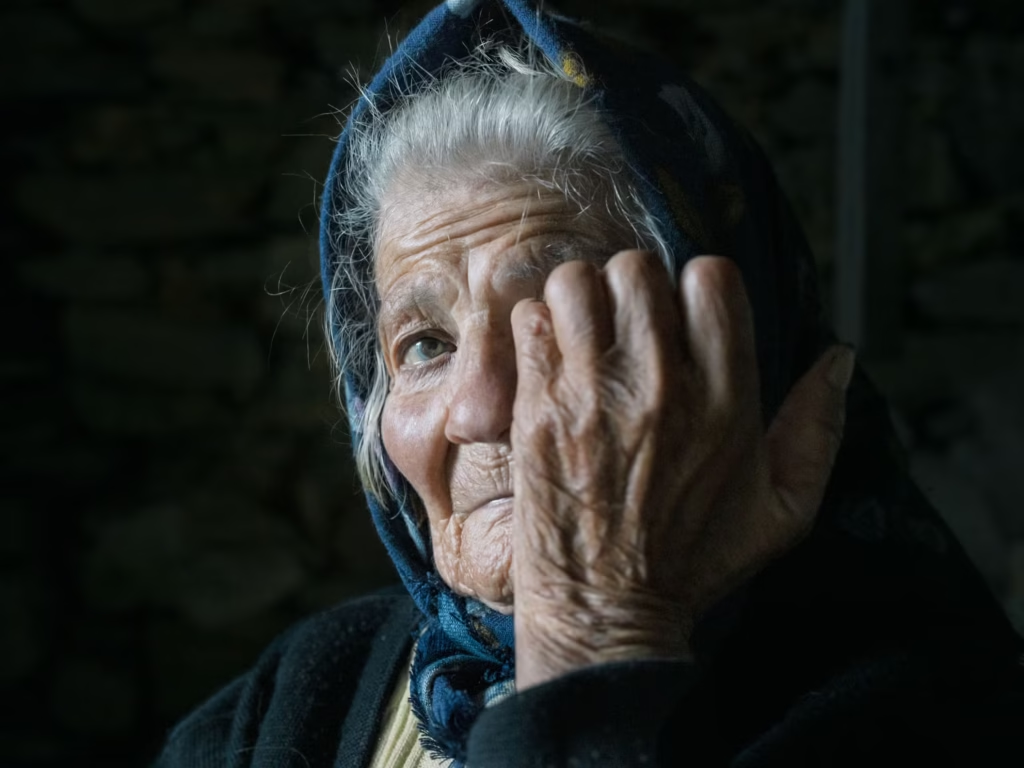

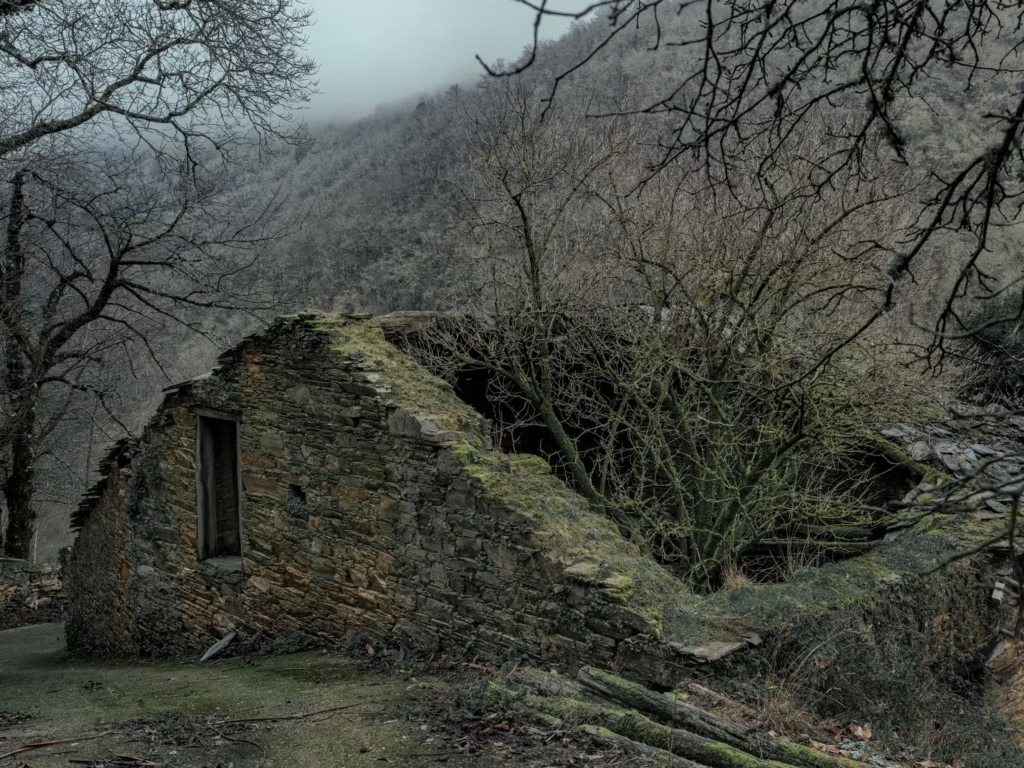
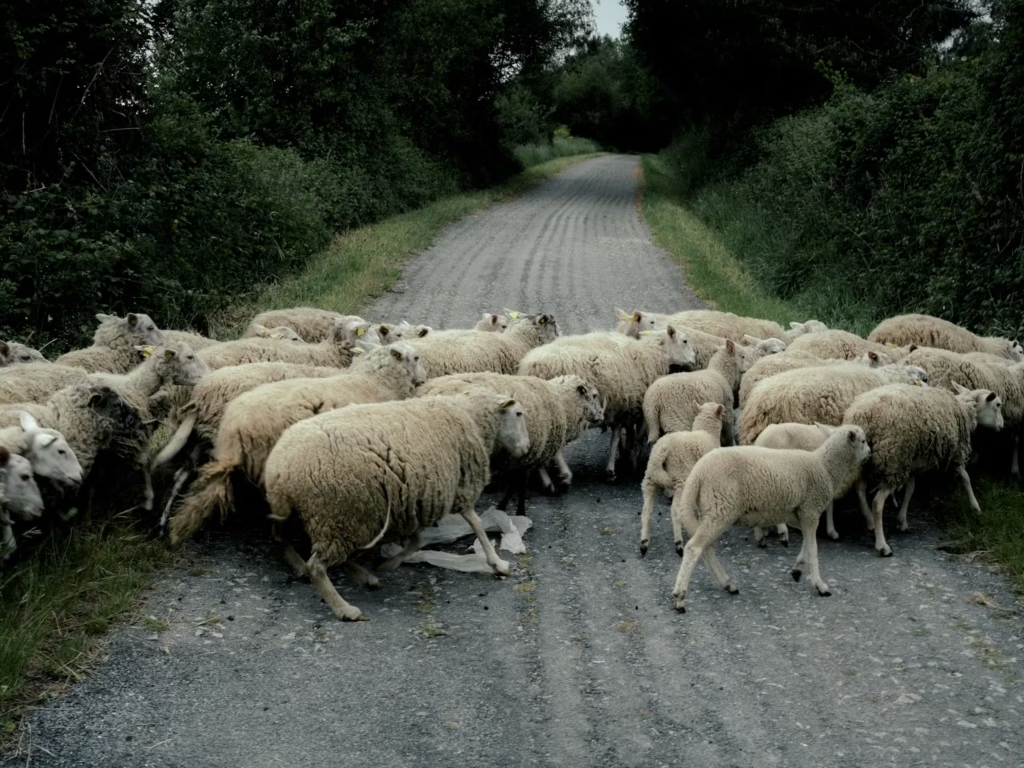
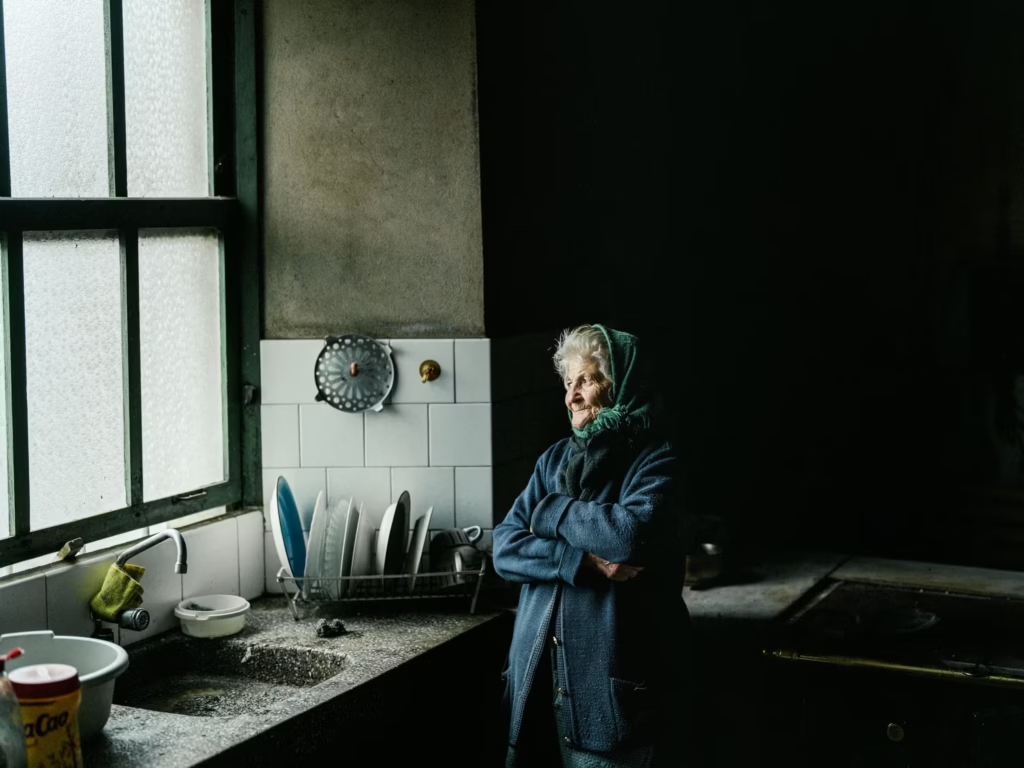
Photography as Activism
While Pallón is modest about the transformative power of photography, he believes in its ability to provoke reflection. Lumes serves as both a love letter to Galicia and a call to action. “My photography may not change mentalities,” he admits, “but it can generate questions.” By highlighting the human cost of climate change and rural abandonment, Pallón contributes to a broader dialogue about sustainability and resilience.
He hopes his work transcends its local context, revealing the universal relevance of Galicia’s struggles. Rural communities worldwide face similar challenges, and Pallón’s images resonate as a testament to their shared plight. In this way, Lumes becomes a “cry against unjust abandonment” and a celebration of the enduring human spirit.
A Legacy of Light
Adra Pallón’s Lumes is a masterful blend of artistry and advocacy, rooted in personal history and global relevance. Through his lens, the interplay of light and shadow becomes a metaphor for the resilience of Galicia and its people. Each photograph is a tribute to a world at risk of disappearing, yet one that persists through the determination of those who refuse to let it go.
In celebrating the landscapes and lives of his homeland, Pallón invites viewers to reflect on their own connections to place, heritage, and the pressing challenges of our time. His work stands as a reminder that even in the face of change, there is beauty and strength in holding on to what matters most.


